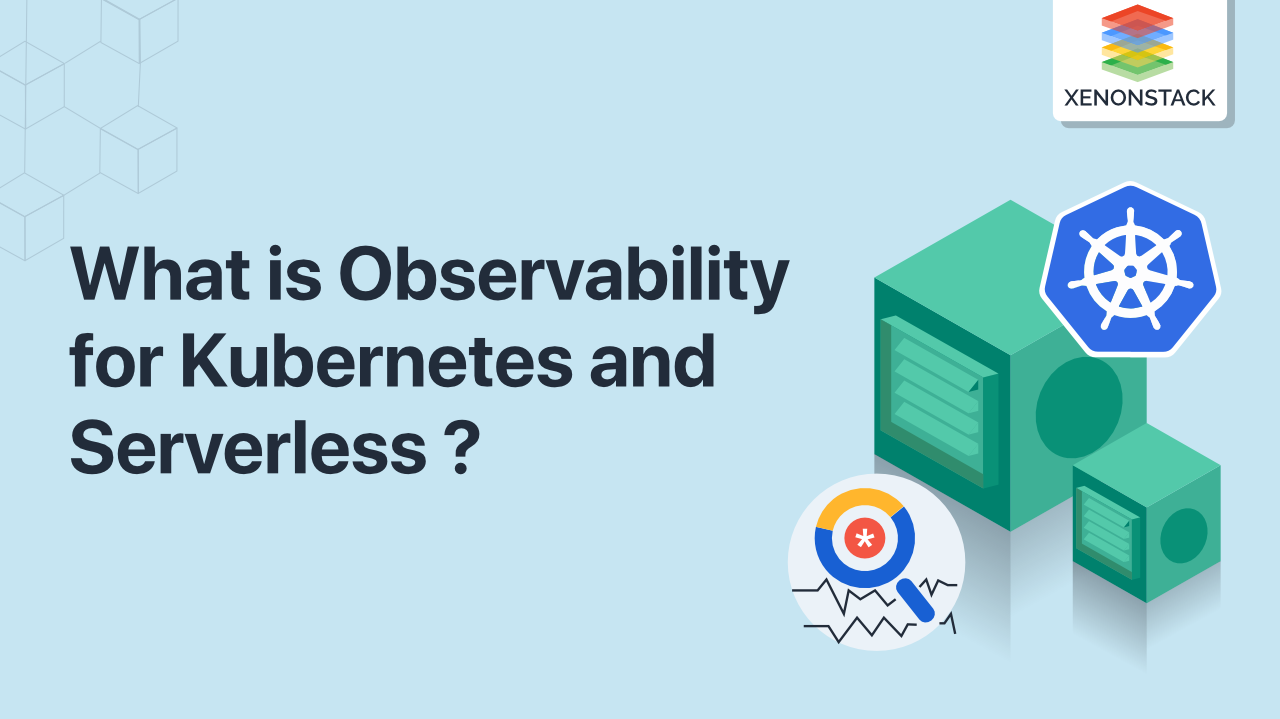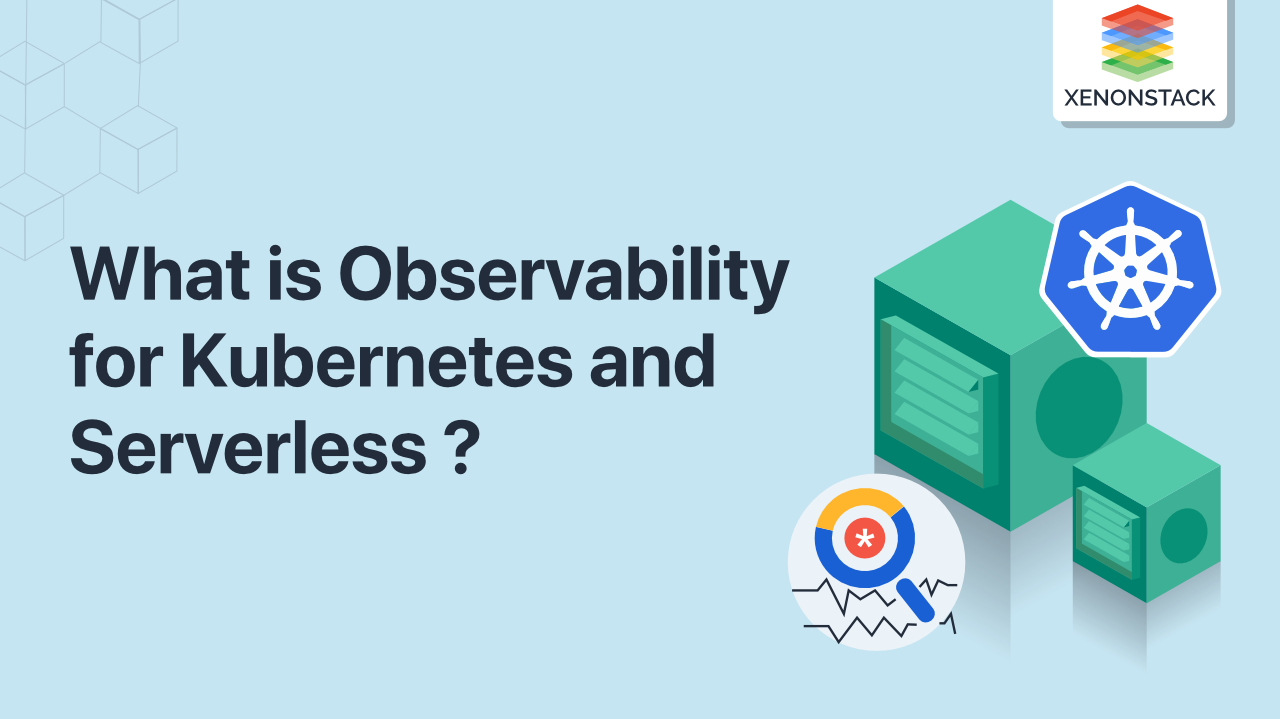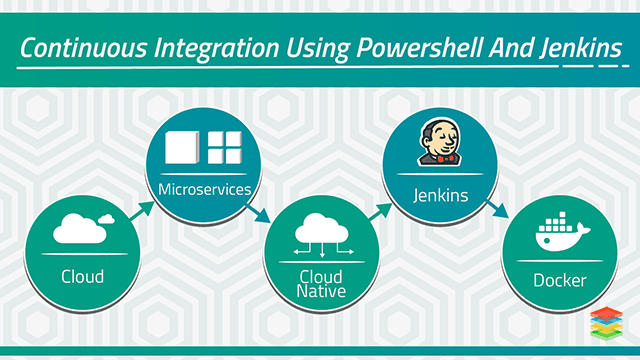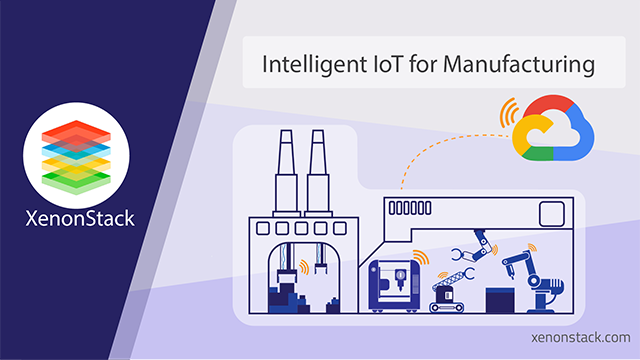
Observability for Kubernetes and Serverless
In the evolving landscape of modern software architectures, Observability for Kubernetes and Serverless environments is becoming increasingly critical. Unlike traditional Observability vs Monitoring, which focuses on the health of systems, Full-Stack Observability provides comprehensive insights across applications, infrastructure, and services. This approach encompasses Data Observability, allowing teams to understand and visualize data flows and dependencies within Distributed Systems Observability. By leveraging Data Observability Tools and its Use Cases, organizations can enhance Observability-Driven Development, ensuring that applications are designed with visibility and traceability in mind. In cloud environments like AWS observability, Applied Observability integrates seamlessly with Observability and AIOps frameworks to enable proactive management and automation. Understanding What is Observability? and its role in Observability Solutions for Applications is crucial for effective Observability-Driven Development and the deployment of robust, scalable applications.
- Build an Observability Platform for Monitoring, Logging, Tracing and Visualization of Big Data Cluster and Kubernetes with ML and Deep learning, Data Pipeline in Real Time and receive alerts if any critical activity occurs in the cluster.
- Utilize and access the reports of Cluster according to HDFS Quota, number of Files and Directory Access Reports those are maximum and minimal useable with Time-span.
Challenge for Building AIOps Platform
Defining Four pillars of the Observability
- Monitoring
- Alerting/Visualization
- Distributed systems Tracing Infrastructure
- Log Aggregation/Analytics
Solution Offered for Building Reactive Platform
- Build a Reactive Platform for Big Data Analytics using Apache Flink and Scala. Microservices Architecture on Kubernetes, Tracing, and Monitoring. Logs Aggregation for Object Storage.
- Alerting System to Process the Alerts. Analytics Platform to detect data anomalies and enable Log Aggregation to show all related log files at one place at any given period, save efforts and time of development team.
- Build an Extensible platform for Observability and Monitoring of Microservices, Kubernetes, and Big Data. An approach involving Continuous Security, Compliance and Automation for Cloud-Native application for Constant Integration, Testing, Deployment, Delivery and DevOps Pipeline for Enterprises.
- Automation for Cloud-Native application for Constant Integration, Testing, Deployment, Delivery and DevOps Pipeline for Enterprises.
Understanding Reactive Monitoring
Observe and monitor the progress or state of something over a span of time. Keep under well-organized review. Maintain constant surveillance. Monitoring Levels include Infrastructure Monitoring, Data Pipeline Monitoring, Applications/Jobs Monitoring.
Understanding Reactive Observability
Provide extremely granular insights into the performance of systems along with rich context. Provide clarity into implicit failure modes. Provide fly generation of information required for debugging.
Microservices Applications and Architecture Pattern
Tao of Microservices involves building modular components and services which promote interoperability. Microservices are entirely in contrast to Monolithic Services which developed all in one piece whereas in Microservices applications independent Continuous Deployment and Maintenance is performed. Microservices are enabling Digital Transformation paving the way for IoT Solutions.
Benefits of Microservices -
- Cloud Adoption
- Service Oriented Architecture
- Scalability
- Automated
- Real-Time Processing
- Agility
Serverless Microservices Solutions involve -
-
End to End Docker Host Cluster deployment
-
Kubernetes cluster deployment
-
Real-Time Monitoring for the Container Services
-
Deploy Microservices and Serverless Architecture
-
Deploy CoreOS with Kubernetes
- Read more about Observability for Kubernetes and Serverless
- Understand Why Observability-Driven Development is Important
- Know More About Data Observability
.webp?width=1921&height=622&name=usecase-banner%20(1).webp)


